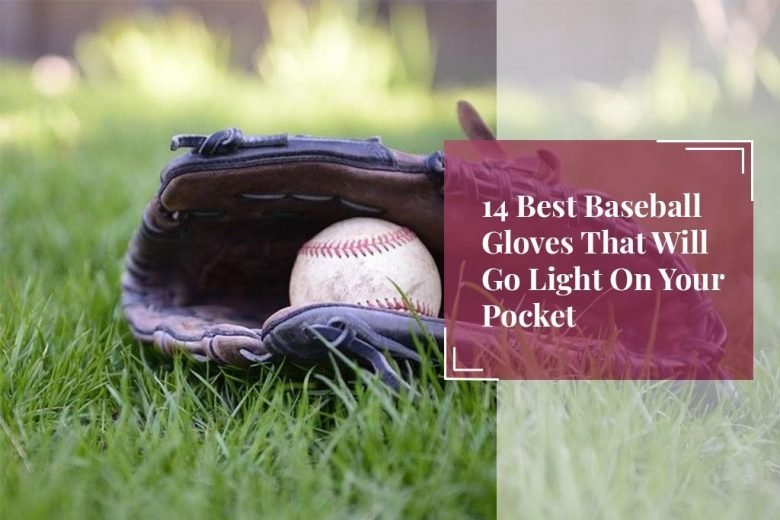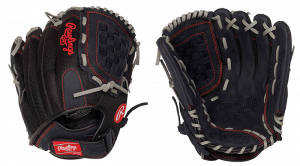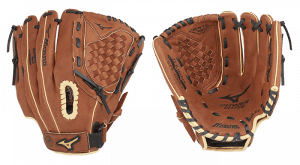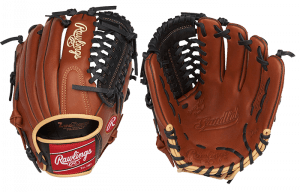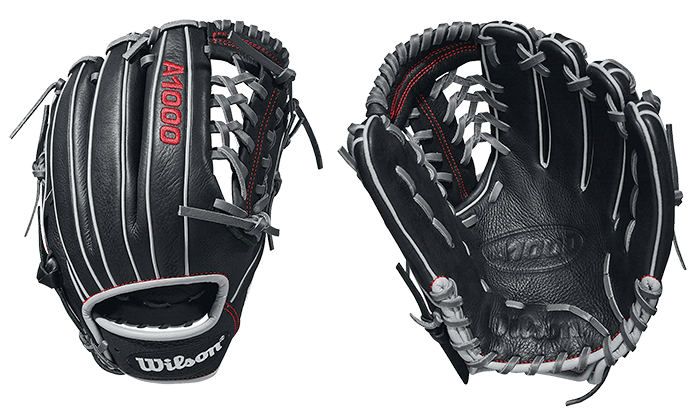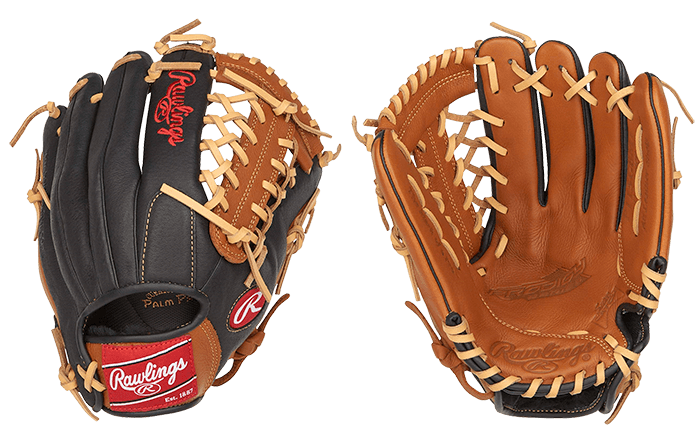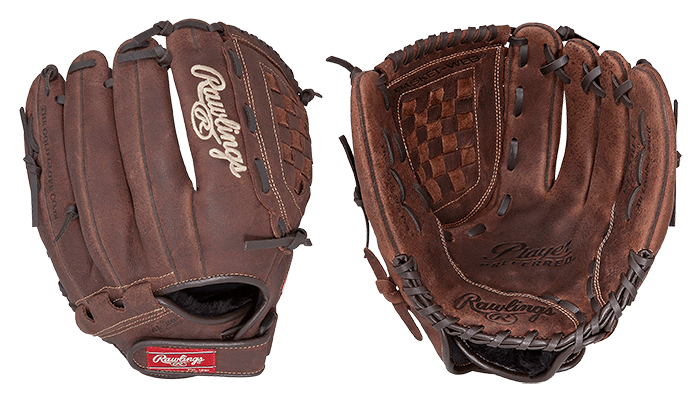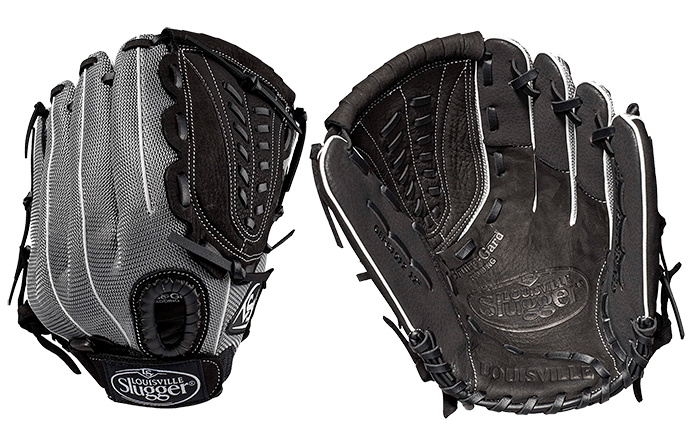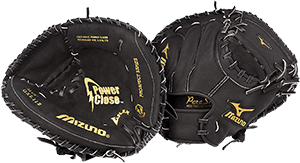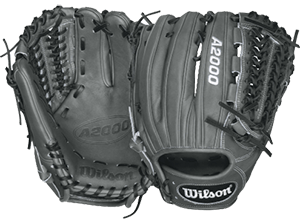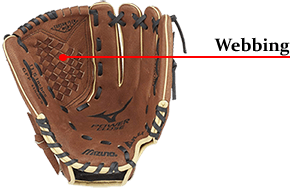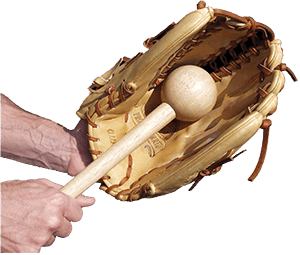Many of the gloves we will review here have variations available for pitchers, infielders, outfielders, and some for catchers and first baseman.
Each glove has some specific nuances to make it more applicable to that position. A catcher’s glove will have much more padding than any other, while an outfielder’s glove will be longer than others, to provide just a little extra reach to help field that position.
Our Personal Best Choice
In this review, we’re going to take a look at fourteen different baseball gloves, all with a price of under $100. Our focus will be on the more generic type gloves, rather than the specialty gloves designed for catchers and first basemen.
Comparison Table
We’ll start here with a high-level look at the fourteen gloves.
| Product | Best Features | Rating (Number of Reviews) | Price Range | View on Amazon |
|---|---|---|---|---|
|
4.7 out of 5 |
|||
|
4.6 out of 5 |
|||
|
4.6 out of 5 |
|||
|
4.6 out of 5 |
|||
|
4.6 out of 5 |
|||
|
4.5 out of 5 |
|||
|
4.5 out of 5 |
|||
|
4.5 out of 5 |
|||
|
4.5 out of 5 |
|||
|
4.5 out of 5 |
|||
|
4.4 out of 5 |
|||
|
4.4 out of 5 |
|||
|
4.3 out of 5 |
|||
|
4.0 out of 5 |
Rawlings Sandlot Baseball Glove Series – Best Value
This glove is a combined infield/pitcher glove, and the Sandlot series also has gloves available for the other positions; first base, outfield, and catcher. Rawlings has a glove-making history that goes back to the 1920s, and this series is a fine continuation of that history. It’s built for comfort with palm pads and finger padding and comes ready to play with a 90% factory break-in.
Pros
- #6 best seller in infield gloves at Amazon
- Suitable for baseball and softball
Cons
- Users complain it is not 90% broken in; especially not loose enough for younger players who don’t have the hand strength to close the glove as received
Wilson A1000 Baseball Glove Series – Honorable Mention
Wilson Sporting Goods makes a large variety of sporting equipment, and made their first baseball glove in 1922. The featured glove is an 11-1/2” pitcher’s or infielder’s glove, with a pro-laced solid webbing. The glove is black and gray leather, with red stitching for contrast. For gloves under $100, this is the upper end of the Wilson line and is priced just under $100.
Pros
- Very solid 4.7 review, well recognized as a very good older youth glove
- Designed for pitcher or infielder, well reviewed by both
Cons
- Advertising is not clear about glove size/use – several adult complaints about glove being too small
- Highest price of all the gloves on this list
Rawlings Select Pro Lite Youth Baseball Glove Series
This is our second visit to the Rawlings line, and won’t be the last. The featured glove is an 11-1/2” Kris Bryant infielder’s glove, modeled after the one used by this all-star player. Like other Rawlings’ gloves, it advertises as 90% broken in at the factory. It’s designed to give younger players a secure fit while wearing the glove.
Pros
- Nice introductory glove, #5 seller on Amazon, budget price
- Rated highly for value, comfort, and durability, and 4.6 overall rating on almost 50 reviews
Cons
- Gloves seem to run smaller than those of other manufacturers
- Complaints about quality of laces, consistency of factory break-in
Rawlings Renegade Baseball/Softball Glove Series– Best Overall (Under $50)
This adult-sized glove is designed and marketed as a combination baseball and softball glove. This featured 12-1/2” model has a large, neo-flex pocket to accommodate either sized ball. It has the standard Rawlings 90% break-in, and comes highly rated on over 270 reviews.
Pros
- Overall 4.6 rating, with 4.8 rating for value, and 4.6 for durability and comfort
- Flexible for use in both baseball and softball without performance issues for either
Cons
- Despite good ratings for durability, contradictory reviews about quality and durability of mesh backing
Rawlings R9 Youth Baseball Glove Series – Best Overall
Patterned after professional designs, this 11-1/2” pitcher/infielder glove has an all-leather content. It’s an attractive black leather with red lacing and highlights. Designed for an easy break-in, it’s well-padded for comfort, and “out of the box” ready to use.
Pros
- Over 90% of customer reviews are 5-star (23 reviews)
- Reasonably easy break-in for users
Cons
- High price point at $90
- Limited number of reviews
Rawlings P115GBMT-6/0 Prodigy Youth Baseball Glove
This is another youth glove from Rawlings, an 11-1/2” combination pitcher/infielder glove. As with the other gloves from them, this one is game ready from the Rawlings factory. It has a Trap-Eze web, and comes in brown, black, and tan leathers.
Pros
- Budget-priced at $35, solid rating at 4.5
- Lightweight at 14 ounces, perfect for smaller hands and growing youths
- Highly rated for comfort and value
Cons
- Lower star (one- and two-star) customer reviews reference that low-quality leather is used for this glove
Mizuno Prospect PowerClose Youth Baseball Glove Series – Best Honorable Mention (Under $50)
We go back to the Mizuno line for this 11.5” youth utility glove. It comes in soft, brown leather, and has PowerClose features to make the glove easier to close for smaller hands. It’s recommended for recreational and t-ball use and is a good glove for those just learning the game. Very lightweight at under 13 ounces, it’s sized perfectly for the youngest players.
Mizuno Prospect
Power Close Youth
Baseball Glove Series
Features and specifications:
- PowerClose technology helps teach players to catch the ball in the pocket and closes glove easier
- polyurethane palm lining for extra padding and comfort
- full-grain pig leather, with special lining to disperse perspiration
- solid web design
Pros
- Specifically designed to help teach good baseball habits at a young age
- #1 Amazon bestseller in infield gloves
Cons
- Sizes apparently run smaller than competitive gloves so might not be a one to one replacement
- Several complaints about laces giving out too quickly and breaking
Rawlings Player Preferred Adult Baseball/Softball Glove Series
This combination baseball and softball glove is designed for adult use and is 12-1/2” size. A large basket web, fully solid, makes this glove suitable for playing pretty much any position in the field other than first base or catcher. It is almost fully broken in, and can be easily finished and ready for play in a very short time. It has a mid-range price at $56 and a good 4.5 rating.
Rawlings Player Preferred
Adult Baseball/Softball
Glove Series
Features and specifications:
- glove features a special Velcro loop closure for an adjustable, tight fit
- “Zero Shock” palm padding for extra comfort while catching
- pre-oiled, 80% broken in, full-grain leather for durability and strength
Pros
- #3 best seller in baseball mitts at Amazon
- Highly rated for comfort, value, and durability (4.6 for each)
Cons
- Many comments that glove sizes run too small
- Complaints about laces breaking with limited use of glove
Wilson A900 Baseball Glove Series
This Wilson model is a 12” first baseman’s glove, the first of this type we have reviewed. It features a very large, single post web with a triple crossbar, and comes in dark brown leather with white trim. It’s a full leather glove, sized for youth or adults with small hands, and comes with a low heel for improved feeling on bouncing or short-hopped throws.
Wilson A900
Baseball Glove Series
Features and specifications:
- double palm construction, to provide improved stability in the pocket
- web is supported by all-leather laces
- low profile heel gives added flexibility to glove, opens up palm and pocket for improved fielding skills
- models in this series also available for infield/pitcher, catcher, and outfield
Pros
- 4.5 rating; $62 price is mid-range
- This series is one of the higher quality Wilson gloves, below the A1000 reviewed earlier (A2000 the highest)
Cons
- Complaints about leather and stitching quality
- Difficult to break-in
Rawlings R9 Baseball Glove Series
This is another glove from the R9 series. In this case, the model is a combination pitcher/infielder glove, featuring a two-piece solid webbing, in black and brown leather, with red trim. It’s geared for the most talented players in the 8-14-year-old range. With many pro-like features, it’s an upper-end glove for the upper-end player.
Rawlings R9
Youth Baseball
Glove Series
Features and specifications:
- 80% break-in from the factory, allowing it to be custom fit to your hand when the break-in is completed
- padded thumb, reinforced palm, and lined finger slots for a comfortable feel
- marketed as a training glove to improve infielder hand speed and ball transfer
Pros
- 88% 4- and 5-star reviews, overall 4.5 rating
- Very few low ratings; only one 1-star review which complained about sizing
Cons
- Price point is fairly high at $81
Louisville Slugger Genesis Baseball Glove Series
While better known for their bats, this 12” pitcher’s glove comes from the Louisville Slugger line. It’s a youth glove, designed for younger players. It’s made from both leather and nylon, and features an easy-closing pocket which is useful in teaching younger players to catch.
Pros
- Good introductory glove for new players, especially younger ones
- Affordable at $33
Cons
- Rating is based on only 13 reviews; could not find reviews on other sites
Mizuno MVP Prime Youth Baseball Glove Series
Mizuno also has a long history of making baseball gloves, dating back to 1913. The featured glove is an older-youth glove designed for pitchers. It has a tapered fit and lower finger slots manufactured specifically for smaller hands. It’s a good-looking, black leather glove, with solid webbing and an embroidered logo. It does require some level of break-in prior to use.
Pros
- Strong, durable pro-style lacing
- Extra padding in thumb slot
Cons
- Only 15 reviews on Amazon
Wilson A450 Youth Baseball Glove Series
This utility glove comes from the Wilson 450 line, aimed at the younger and newer players. Based on reviews, the glove is best sized for players ten and under. This model is a combined infield/outfield glove, but could also be used as a pitcher’s glove. It’s made of black pigskin leather with blonde trim to give it a professional player look.
Pros
- By most accounts, easy to break-in
- Lowest price glove on this list
Cons
- Second lowest-rated glove
- Complaints about overly stiff, even after breaking the glove in
Mizuno Franchise Baseball Glove Series
This 11.5” utility glove is designed for infielders, outfielders, or pitchers, with a regular pocket depth. It is available in a variety of sizes from 11-1/2” to 12.5”, and the series is also available in a catcher’s model. It features a single bar webbing and uses a pre-oiled Java oil for “out of the box” use with just a little additional break-in.
Mizuno Franchise
Baseball Glove Series
Features and specifications:
- comes with a Parashock Plus palm pad to reduce impact and sting while catching the ball
- special lacing pattern for improved flexibility without sacrificing shape and durability
- black leather, gray trim, with Deep III Web design
Pros
- Needs to be broken in, but gets good reviews after process is completed
- Fairly light, at just under one pound, making it also suitable for older youths
Cons
- Fairly stiff on delivery, and required extended break-in period
- Comments that glove sizes run consistently small
- Lowest rating, only 21 reviews, upper end priced
Brief History Behind The Baseball Glove Invention
Let’s start with a history lesson about who invented the game of baseball. Most will give credit to Abner Doubleday, dating back to the summer of 1839, but then, most would be wrong.
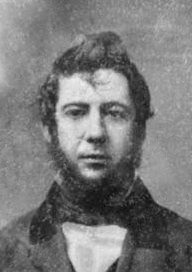
In reality, baseball is a mix of two English sports, cricket and rounders, each dating back to the 17th century and brought to America by British colonists. American baseball adopted some features from each of these two sports and was actually first played in 1845 by the New York Knickerbocker Baseball Club. A member of this club, Alexander Cartwright, is credited with codifying the rules of the game and is the true inventor of the sport.
The rules established by Cartwright made the game a faster-paced sport and differentiated it from cricket. These rules, including three strikes you’re out, foul lines, a diamond-shaped infield, and tagging (rather than hitting the runner with the ball), the baserunner remain in effect today. The Knickerbockers played the first game under these changes against a cricket team in 1846, creating this uniquely American sport, which has now gained global popularity.

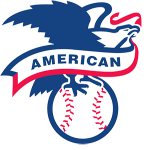
In this article, we will be looking specifically at baseball gloves and will review fourteen different gloves priced under $100. But before beginning that review, let’s take some time to look back at the development of the baseball glove from the 1800s through today’s models.
The original baseball games were played bare-handed, and broken fingers and bruises were signs of manliness among the players. The first use of a glove is credited to Charles Waite in 1875. Waite’s glove was made out of a flesh-colored material, as he feared ridicule from wearing it should other players notice. It turns out he was right, but that didn’t stop the use of the glove.
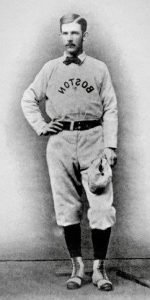 A.G. Spalding, mentioned earlier here, began to use a glove himself in 1877. Spalding also saw the commercial potential for baseball gloves and began making and selling them to others. In early glove developments, some padding was added, and webbing placed between the fingers of the gloves.
A.G. Spalding, mentioned earlier here, began to use a glove himself in 1877. Spalding also saw the commercial potential for baseball gloves and began making and selling them to others. In early glove developments, some padding was added, and webbing placed between the fingers of the gloves.
In 1895, the National League established rules about the maximum size and weight of baseball gloves.
The next significant glove development came in 1919 when a major league player asked Rawlings, an equipment manufacturer, to put a large web between the thumb and forefinger. With this simple change, the glove became a catching tool rather than a protection tool. You can see the development of the webbing in the second row of pictures below.
The 1950s brought deeper pockets and wide webbing, and also the development of position-specific gloves. These developments served to improve defensive quality during the games, as the fielding capabilities of the players improved dramatically.
You can see the evolution of fielder’s gloves in the picture below:
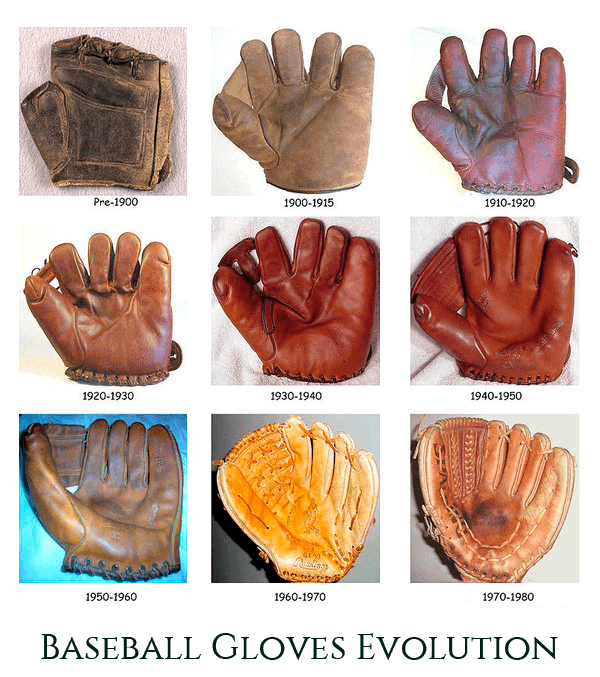
Baseball continues to change and evolve, but overall it is the same game played over a century ago. All ages and skill levels play baseball, from 5-year-olds learning the game via t-ball to major leaguers with unbelievable skills, making millions of dollars per year.

Buying Guide
The purpose of this section of the product review is to identify and define several key characteristics, features, and specifications relative to the gloves that are important to your buying decision. Many of these gloves will have the same general characteristics, such as size, but there will be other subtle differences between them.
We won’t go into great depth and detail here, but instead, give a short overview of each of the features we feel are critical to buying the best possible glove for your needs. This purchase should not be based solely on price, but rather on total value – that combination of price and features that gives you exactly the glove you need.
So, that wraps up our review of features, specifications, and functional characteristics of the fourteen gloves. Let’s move on to the individual reviews.
Product Reviews – Best Baseball Gloves
Conclusion
Earlier in this article, we promised to share our thoughts on some “best of” gloves from this list of fourteen gloves. As I went through this, it became apparent to me that, in judging these gloves, they probably needed to be divided into a couple of sub-categories. Given that, and a top-end price of $100, here are my proposals for Best Overall, Best Value, and Best Budget (under $50) Baseball Gloves. Even though we’ve tagged them through the course of this review, let’s summarize them here so everything is in one place.
Best Baseball Gloves Under $50
Even though Rawlings Renegade qualifies as “budget,” it’s not fair to compare the features of a $30 glove against a $90 glove. So, admittedly somewhat arbitrarily, I’ve added this category to the “best of” list. Flip a coin when it comes to this Rawlings baseball glove. It comes in with the 4.6 ratings and has a significant number of reviews. The overall consistency of the Rawlings glove makes it the right choice. Take your pick and claim your win!.
The Mizuno Prospect is the #1 bestseller on Amazon, and a very solid, well-featured beginner’s glove. It has a low $39 selling price but still manages to pull off a solid 4.5 quality rating. The differentiator between this glove and the two Rawlings gloves above is the growth capability. This Mizuno is most likely a great first glove, but I don’t see the glove growing along with the player and his skill set. I don’t see this like a glove someone will use for multiple years, where I do think the Rawlings above will have superior longevity and will grow with the player. This is not a negative factor for the Mizuno, as it is designed as a beginner’s glove, but it is an advantage for the Rawlings.
Best Baseball Gloves Under $100
The best overall rating goes to the Rawlings R9 series of gloves. We had two different gloves from this grouping on our list. Even though both of these gloves are at the high end of the price scale, they offer great features, exceptional quality, and solid reviews from their customers. Throw in the history and dedication to the sport of the manufacturer, and you have an unbeatable combination.
The Wilson A1000 glove represents the top end of these gloves priced under $100. It was very tough to make a pick for or against this one as it compares favorably to the Rawlings line, and honestly, you won’t go wrong with any of these gloves as Best Overall. The extra break-in time compared to the Rawlings glove, and the poor marketing and descriptors dropped this one down a notch from the R9 models.
With value defined as the right combination of price and features, the only decision point here was whether to go with the Sandlot style or to choose the Player Preferred. Both offer the same consistency in quality and style associated with the Rawlings line. The Player Preferred had a slightly lower rating but is still the #3 selling glove on Amazon. It has over 500 customer reviews, so something must be going right with this line of gloves. But in the end, the 4.7 ratings of The Sandlot, with a $60 price, and a #6 bestseller, made this my Best Value glove.
Back to the Wilson line for another honorable mention with the A900. This is the next level of quality down from the A1000 but nevertheless comes with solid reviews from over 150 customers and a mid-range $62 price tag. Even though some of the complaints about the quality of the stitching and leather made me a bit nervous, I don’t think you could go wrong with this glove.
So, this concludes the review of our fourteen best baseball gloves under $100. Given the way the results turned out, I feel the need to point out that I am a freelance writer and reviewer, and do not work directly for Rawlings or the blog owner. It’s just the way things evolved after reviewing each and every one of these gloves in full detail. That being said, I don’t think that there are any bad gloves in this entire list; some just meet the needs and purposes better than others.
We hope this article helps assist you in finding the best glove under $100 based on your skill level, playing needs, and budget. The attached links, plus the manufacturer’s and other web sites, can give you more detailed information that could not be summarized here. Play ball!

